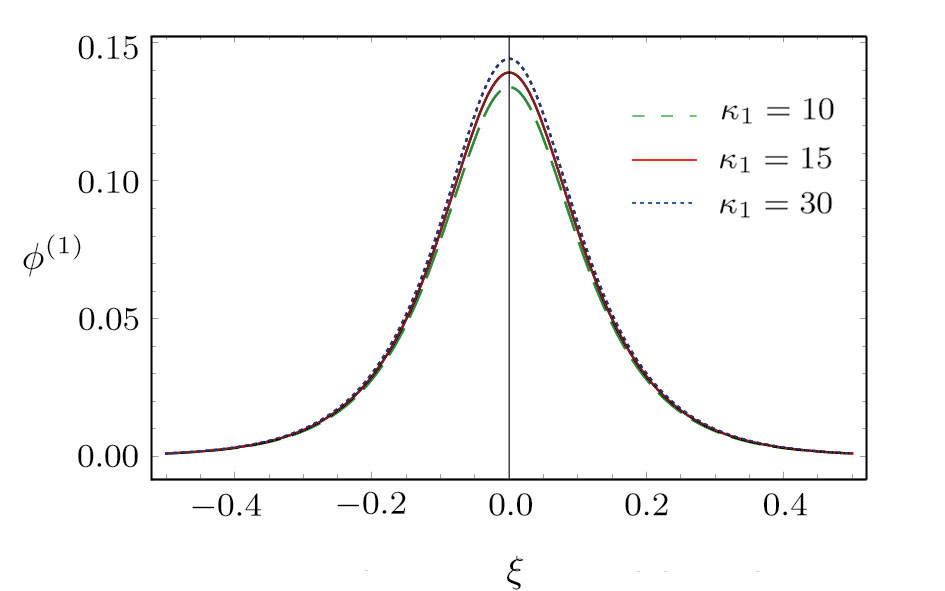† Corresponding author. E-mail:
The heavy ion-acoustic solitary waves (HIASWs) in a magnetized, collisionless, space plasma system (containing dynamical heavy ions and bi-kappa distributed electrons of two distinct temperatures) have been theoretically investigated. The Korteweg-de Vries (K-dV), modified K-dV (MK-dV), and higher-order MK-dV (HMK-dV) equations are derived by employing the reductive perturbation method. The basic features of HIASWs (viz. speed, polarity, amplitude, width, etc.) are found to be significantly modified by the effects of number density and temperature of different plasma species, and external magnetic field (obliqueness). The K-dV and HM-KdV equations give rise to both compressive and rarefactive solitary structures, whereas the MK-dV equation supports only the compressive solitary structures. The implication of our results in some space and laboratory plasma situations are briefly discussed.
The propagation of ion-acoustic waves[1–4] in electron-ion (EI) plasmas has received a great deal of renewed interest because of their vital role in understanding different kinds of nonlinear electrostatic structures (viz. solitary waves, shock structures, double layers, etc.[5–18]) observed in space[19–21] and laboratory devices.[22–24] The existence of heavy ions in astrophysical plasmas has been confirmed experimentally by detecting a noble gas molecular heavy ion in the crab nebula,[25] our (Milky Way) Galaxy,[26] polar region of neutron stars,[27] active galactic nuclei,[28] pulsar magnetosphere,[29] and the early universe,[30] etc.
The particle distribution near equilibrium is often considered to be Maxwellian for the modeling of different plasma systems. However, for many space plasma environments, it has been proven that the presence of the heavy ion and electron populations are far off from their thermal equilibrium state. The effects of external forces or wave particle interaction in numerous space[31–32] and laboratory[33–34] plasma situations indicate the existence of highly energetic (super-thermal) particles. The existence of accelerated, energetic (super-thermal) particles in the measurement of electron distribution in near-Earth space environments[32, 35–36] suggests a significant deviation from Maxwellian equilibrium. So for a proper treatment of a plasma system with super-thermal electrons, one should not consider Maxwellian distribution function (DF), but other kind of non-Maxwellian DF like super thermal (κ) DF.[37–39] The latter is given by





Recently, a numerous investigations have been made by many authors on ion-acoustic solitary waves (IASWs) with single-temperature super-thermal (kappa distributed) electrons.[44–46] Schippers et al.[47] have combined a hot and a cold electron component, while both electrons are kappa distributed and a best fit for the electron velocity distribution is found. Baluku et al.[48] used this model for the study of ion-acoustic solitons in a plasma with two-temperature kappa distributed electrons. Pakzad[49] studied a dissipative plasma system with super-thermal electrons and positrons, and found that the effects of ion kinematic viscosity and the super-thermal parameter on the ion-acoustic shock waves. Tasnim et al.[50–51] also considered two-temperature non-thermal ions, and discussed the properties of dust-acoustic solitary waves and double layers. Masud et al.[52] have studied the characteristics of DIA shock waves in an unmagnetized dusty plasma consisting of negatively charged static dust, inertial ions, Maxwellian distributed positively charged positrons, and super-thermal electrons with two distinct temperatures. Lu et al.[53] have examined the electron-acoustic waves in an electron-beam plasma system containing cold and hot electrons. El-Taibany et al.[54] have made stability analysis of dust-ion acoustic solitary waves in a magnetized multicomponent dusty plasma containing negative heavy ions and stationary variable-charge dust particles. Shahmansouri[55] investigated the basic properties of ion-acoustic waves in an unmagnetized plasma containing cold and hot ions with kappa distributed electrons. Ema et al.[56–57] studied the effects of adiabacity on the heavy ion acoustic (HIA) solitary and shock waves in a strongly coupled nonextensive plasma. They observed that the roles of the adiabatic positively charged heavy ions, and nonextensivity of electrons have significantly modified the basic features (viz. polarity, amplitude, width, etc.) of the HIA solitary/shock waves. Hossen et al.[58–60] considered positively charged static heavy ions in a relativistic degenerate plasma and rigorously investigated the basic features of solitary and shock structures. Shah et al.[61–62] investigated the basic features of HIA solitary and shock waves by considering both planar and nonplanar geometry.
We expect that dynamical heavy particles and higher order nonlinearity play an important role in modifying the basic non-linear features of ion-acoustic waves propagating in space and laboratory plasmas. Therefore, our main objective in this work is to investigate the effects of dynamics of heavy ions and higher non-linearity on (HIAWs) by deriving Korteweg-de Vries (K-dV), modified K-dV (MK-dV) equation, and higher order MK-dV (HMK-dV) and also is to consider the dynamics of heavy particles to describe heavy ion acoustic solitary waves (HIASWs) in such plasma system under consideration.
The manuscript is organized as follows. The basic equations are provided in Sec.
We consider a three component magnetized plasma system containing positively charged heavy ions and kappa distributed electrons with two distinct temperatures T1 and T2 (




















The normalized cold and hot electron number densities n1 and n2 are, respectively given by



To study nonlinear propagation, we now consider different orders of nonlinearity by deriving and analyzing K-dV, MK-dV, and HMK-dV equations to identify the basic features of HIASWs formed a magnetized space plasma system containing dynamical heavy ions and kappa distributed electrons of two distinct temperatures.
To derive the K-dV equation, we use the reductive perturbation method, which lead to the stretched co-ordinates:[63–64]









Now, substituting Eqs. (























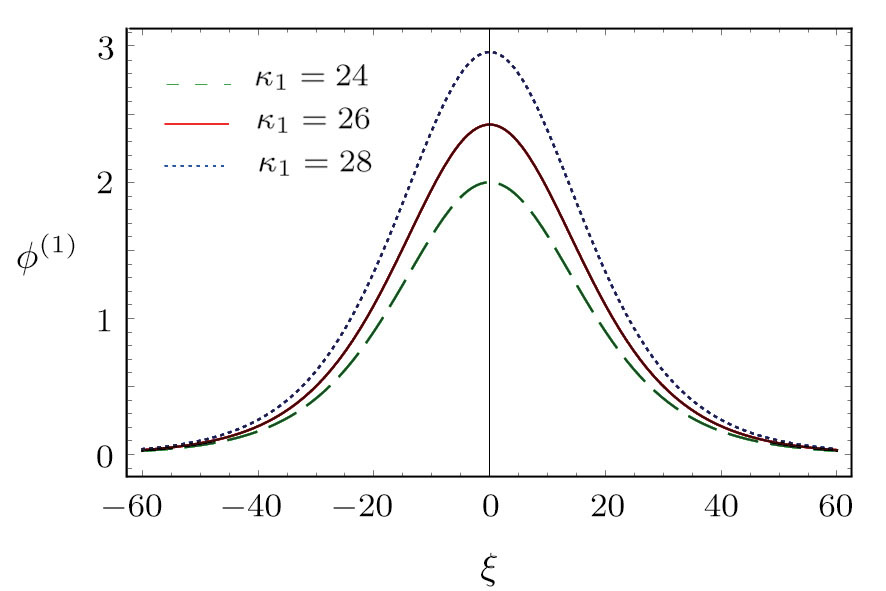 | Fig. 1 (Color online) The electrostatic solitary potential profiles (ESPPs) with        |
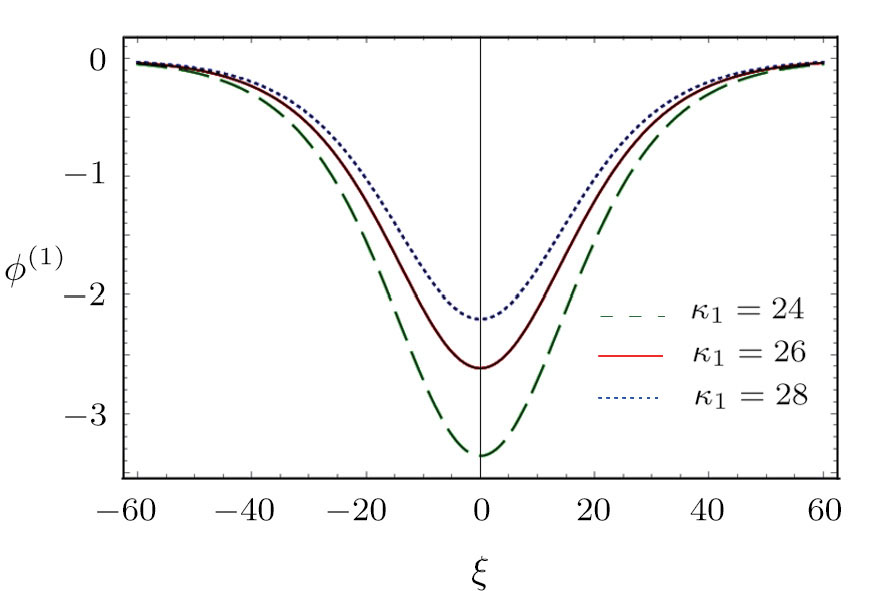 | Fig. 2 (Color online) The ESPPs with        |
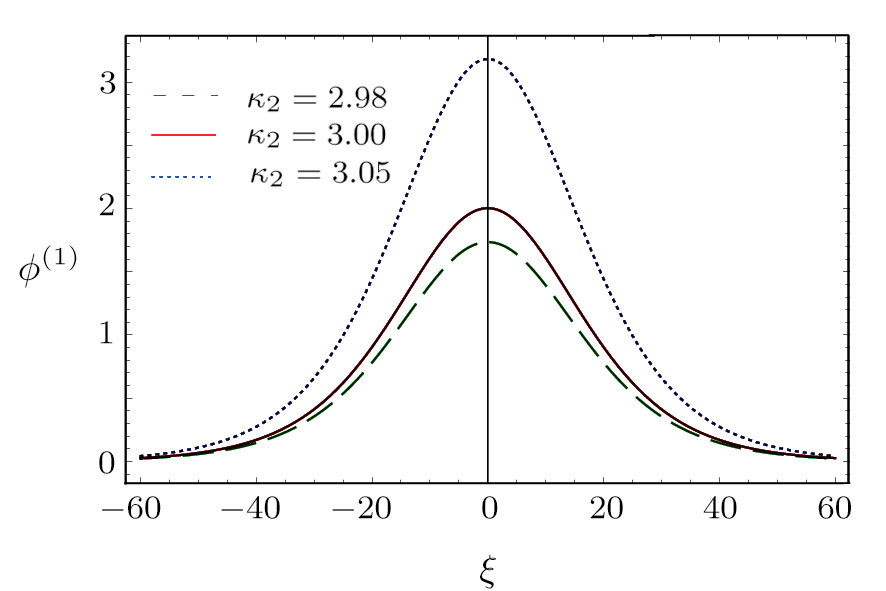 | Fig. 3 (Color online) The ESPPs with        |
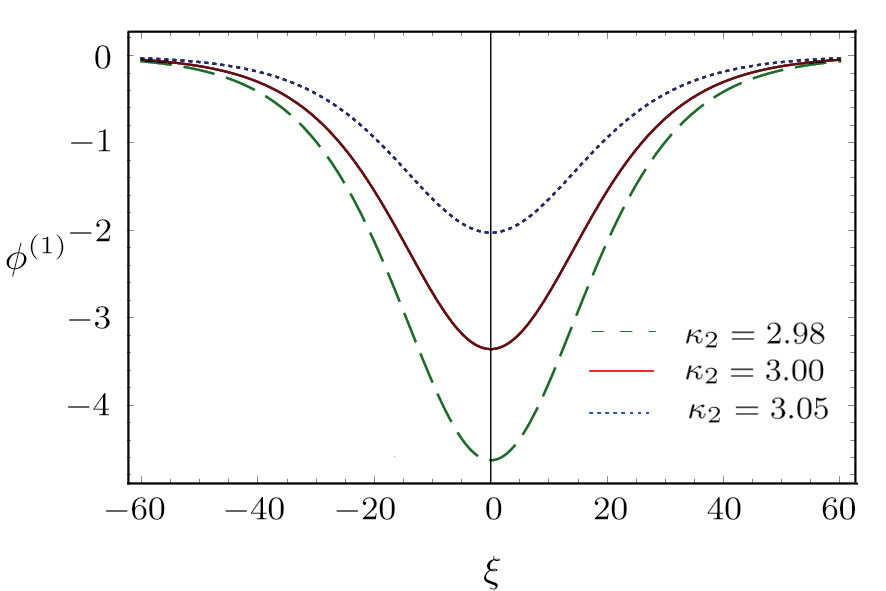 | Fig. 4 (Color online) The ESPPs with        |
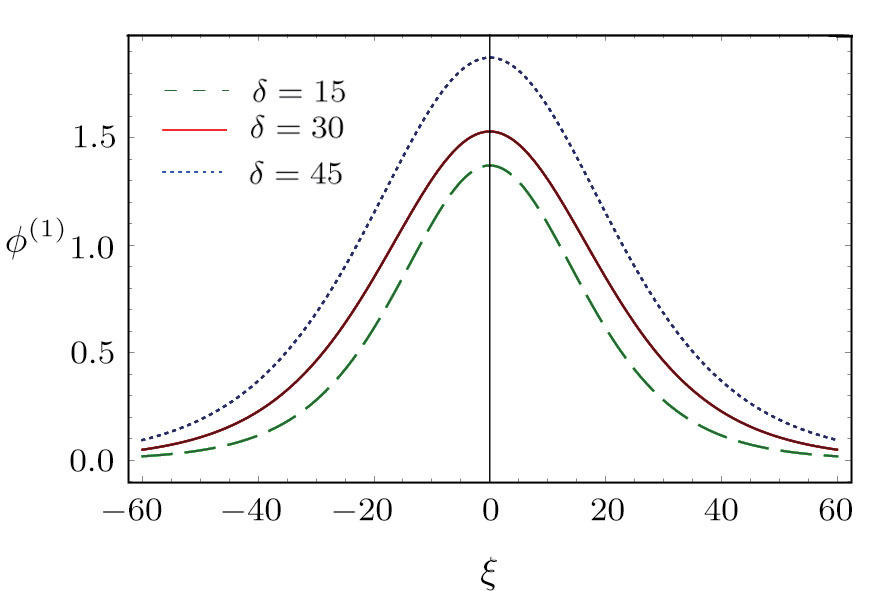 | Fig. 5 (Color online) The ESPPs with      |
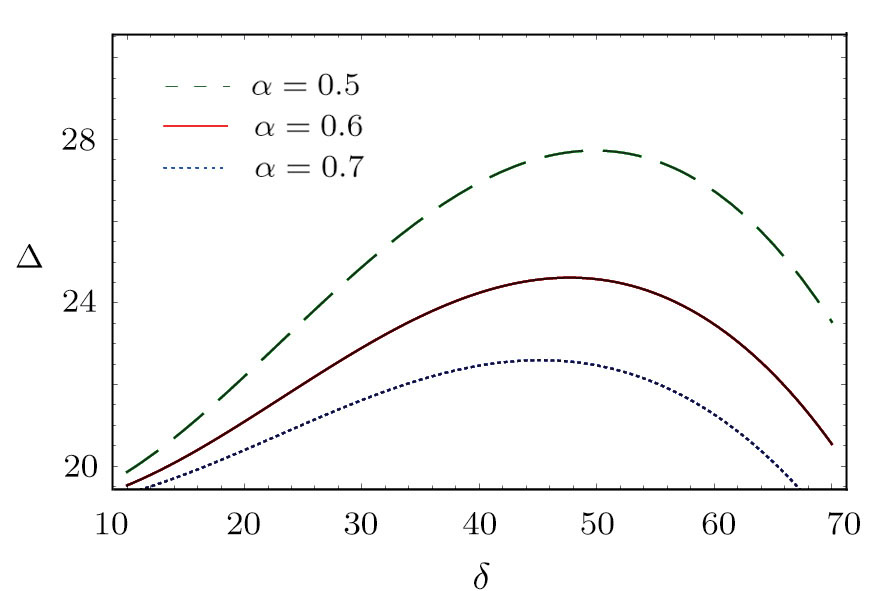 | Fig. 6 (Color online) The width of the ESPPs for     |
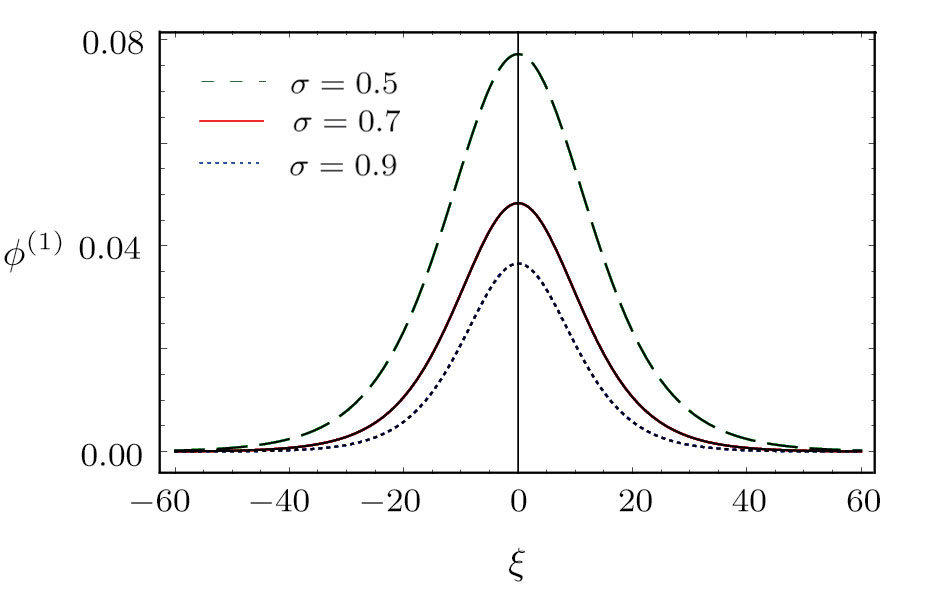 | Fig. 7 (Color online) The ESPPs with      |
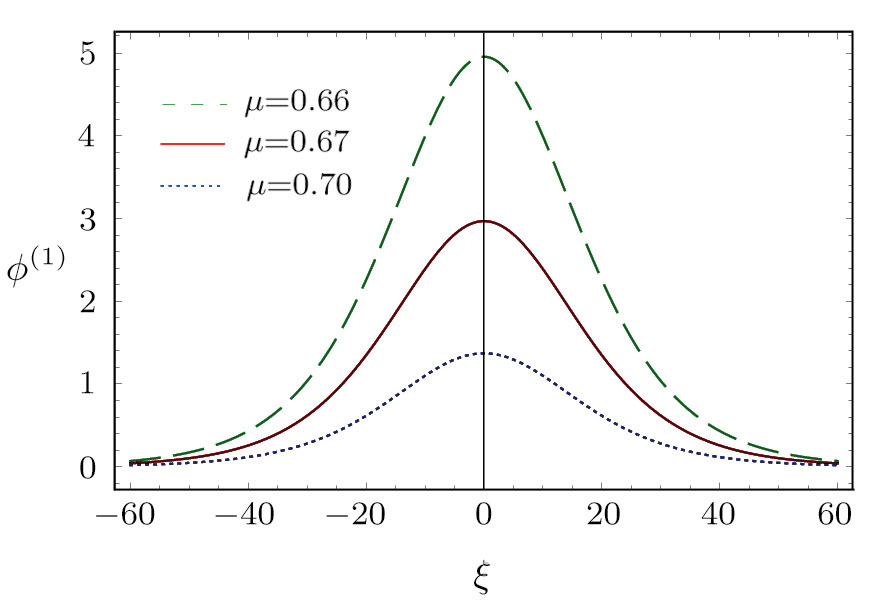 | Fig. 8 (Color online) The ESPPs with      |
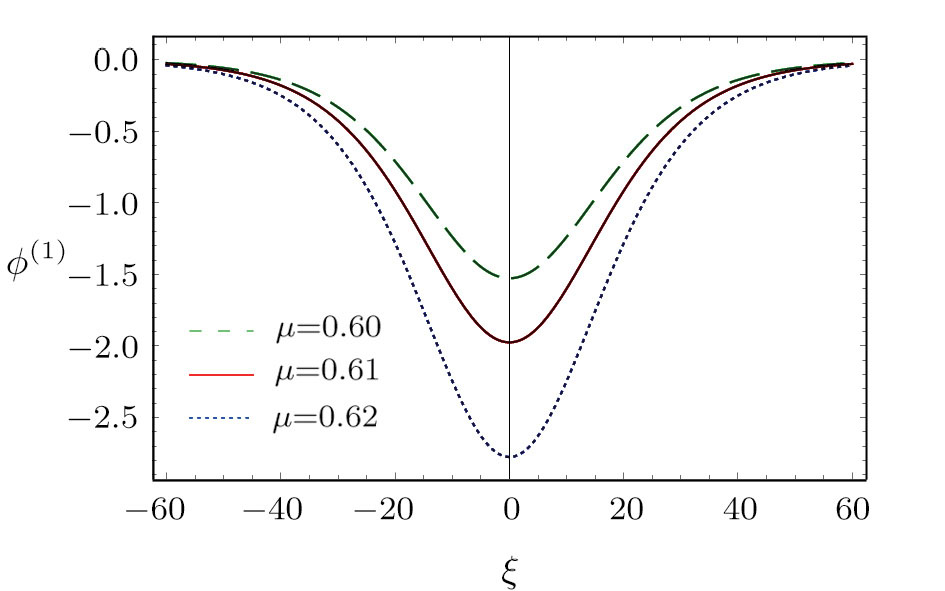 | Fig. 9 (Color online) The ESPPs with      |
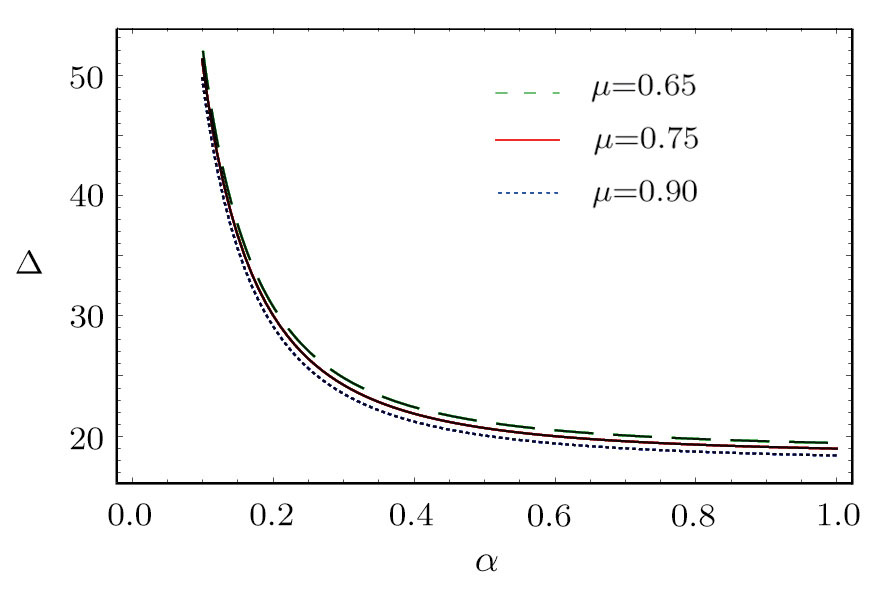 | Fig. 10 (Color online) The width of the ESPPs with     |
(i) The ESPPs with 



(ii) The amplitude and width of the ESPPs (with both 

(iii) The width of the ESPPs (with 



(vi) the width of the ESPPs (with 
To derive the MK-dV equation we use the same stretched co-ordinates defined by Eqs. (
























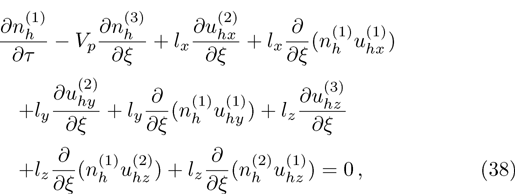










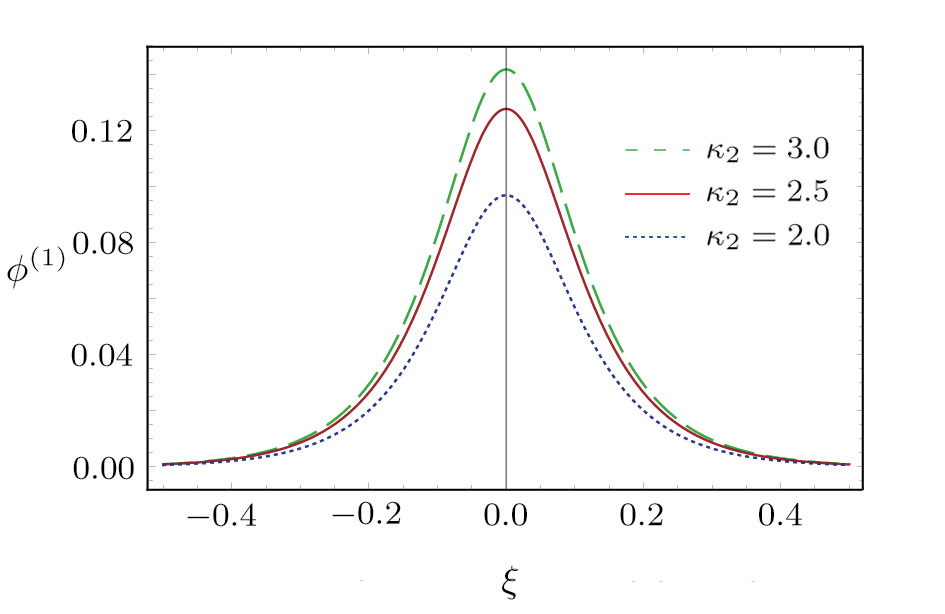 | Fig. 11 (Color online) The ESPPs with       |
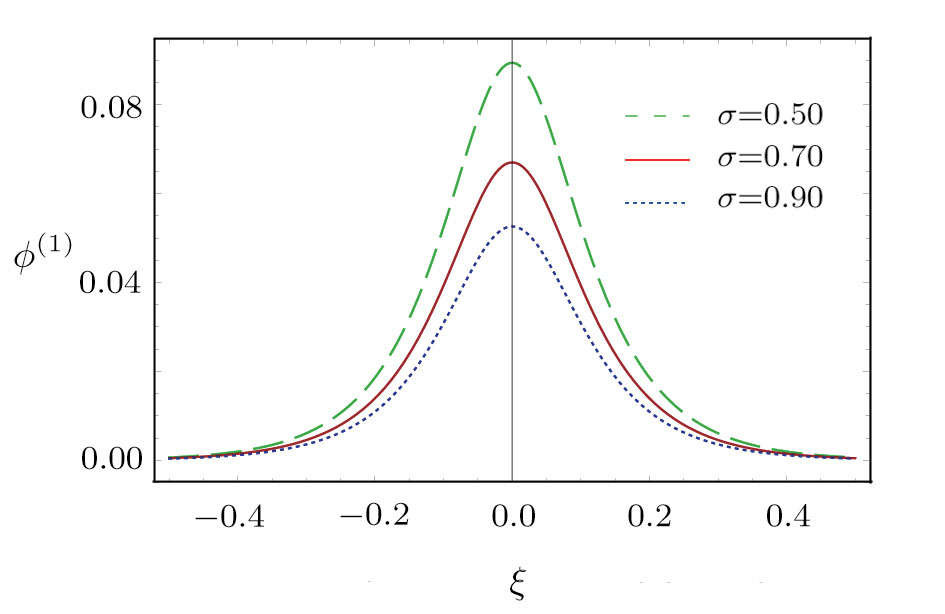 | Fig. 12 (Color online) The ESPPs with     |
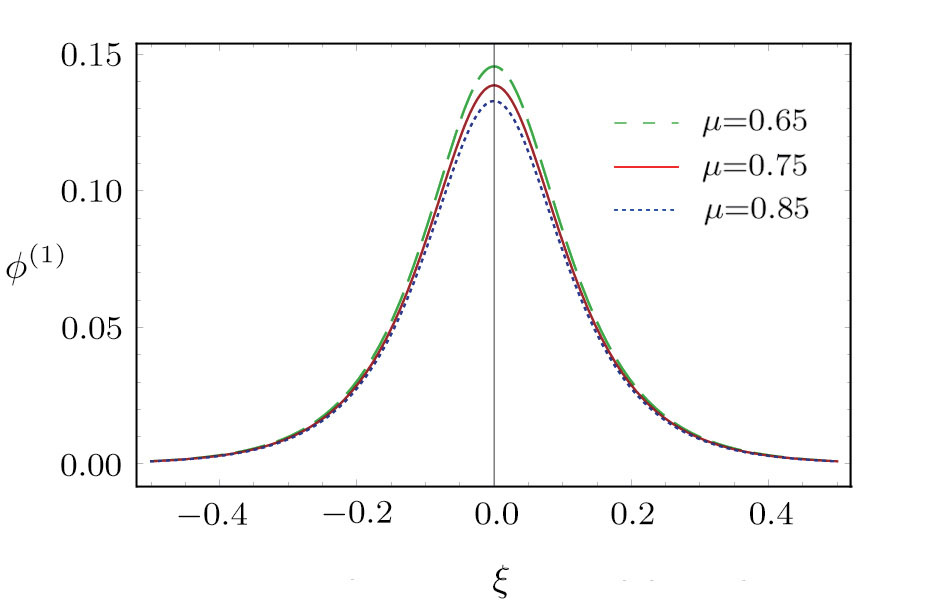 | Fig. 13 (Color online) The ESPPs with     |
(i) The MK-dV equation admits solitary wave solution with 
(iii) The amplitude and width of the ESPPs increase with the increase in σ as shown in Fig.
(iv) The amplitude and width of the ESPPs decrease with the increase in μ as shown in Fig.
To examine the effects of further higher order nonlinearity on the K-dV or MK-dV equations describing HIAWs in a magnetized plasma (containing containing dynamical heavy ions and bi-kappa distributed electrons of two distinct temperatures), one can derive a further higher order nonlinear equation. The latter (after performing few steps of mathematical calculations) can be directly given by[65, 66]








We have considered a magnetized plasma system consisting of inertial heavy ions and kappa distributed electrons of two distinct temperatures. We have derived the K-dV, MK-dV, and HMK-dV equations by using the reductive perturbation method to identify the basic features (polarity, amplitude, and width) of the ESPPs formed in such a magnetized plasma system. The results, which have been obtained from this theoretical investigation, can be pin-pointed as follows:
(i) The K-dV and HMK-dV equations admit HIASW solutions with either 





(ii) The amplitude of the K-dV solitons become infinitely large for 

(iii) The amplitude and width of both positive and negative HIASWs (obtained from the numerical analysis of the solution of the K-dV equation) increase with the increase in κ1 and κ2. However the amplitude of the positive HIASWs increases with the increase in δ. On the other-hand, the width decreases with the increase in α, and increases (decreases) with the increase in δ for its lower (upper) range.
(iv) The amplitude of the K-dV HIASWs increases with the increase in T2 and n01, but decreases with the rise of T1 and n02.
(v) The width of K-dV HIASWs rises with the increase (decrease) in n01 (n02).
(vi) The amplitude and the width of the MK-dV HIASWs increase with the increase in κ2, T2 and n01, but decrease with the increase in T1 and n02.
(vii) The amplitude and the width of the HMK-dV HIASWs slightly increase with the increase in κ1. This means that the effect of higher nonlinearity on K-dV and MK-dV HIASWs is insignificant.
To conclude, the results of our present investigation are relevant to space (viz. Saturns magnetosphere,[43] pulsar magnetosphere,[67] upper part of the ionosphere,[68–70] lower part of the magnetosphere,[68–70] etc.). The dip shape solitary structures (known as cavitons[68–70]) observed by Freja satellite[68, 70] and Viking spacecraft[69–70] are similar to those predicted by our present theoretical investigation. We finally hope that our results should be useful in understanding the nonlinear eloctrostatic disturbances in the space plasma systems containing heavy ions and super-thermal electrons of two distinct temperatures.
| [1] | |
| [2] | |
| [3] | |
| [4] | |
| [5] | |
| [6] | |
| [7] | |
| [8] | |
| [9] | |
| [10] | |
| [11] | |
| [12] | |
| [13] | |
| [14] | |
| [15] | |
| [16] | |
| [17] | |
| [18] | |
| [19] | |
| [20] | |
| [21] | |
| [22] | |
| [23] | |
| [24] | |
| [25] | |
| [26] | |
| [27] | |
| [28] | |
| [29] | |
| [30] | |
| [31] | |
| [32] | |
| [33] | |
| [34] | |
| [35] | |
| [36] | |
| [37] | |
| [38] | |
| [39] | |
| [40] | |
| [41] | |
| [42] | |
| [43] | |
| [44] | |
| [45] | |
| [46] | |
| [47] | |
| [48] | |
| [49] | |
| [50] | |
| [51] | |
| [52] | |
| [53] | |
| [54] | |
| [55] | |
| [56] | |
| [57] | |
| [58] | |
| [59] | |
| [60] | |
| [61] | |
| [62] | |
| [63] | |
| [64] | |
| [65] | |
| [66] | |
| [67] | |
| [68] | |
| [69] | |
| [70] |


